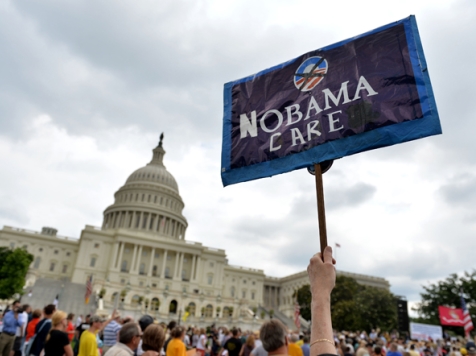A Tale of Two Surveys: ObamaCare Having Minimal Impact on Increasing Coverage
Two recently released surveys (both conducted in February) show that ObamaCare is having a trivial impact on health insurance coverage.
The Gallup Heathways survey concludes that the “uninsured rate continues to fall,” which is correct in a narrow sense. The uninsured rate fell to 15.9 percent from 16.3 percent in the first quarter of 2013. But this small improvement is overshadowed by the 2008 uninsured rate, which was under 15 percent. February’s improvement is likely the result of the slow recovery, not expanded ObamaCare coverage.
McKinsey’s survey, which surveys only people eligible for ObamaCare subsidies, shows that ObamaCare’s health insurance exchanges are primarily crowding out previous coverage. Only ten percent of previously uninsured respondents signed up for Obama (up from three percent in January) and only 53 percent of those paid their premiums. In sum, only five percent of uninsured respondents actually paid premiums for an ObamaCare policy. The reason? “Affordability challenges.” (See Avik Roy’s coverage here.)




